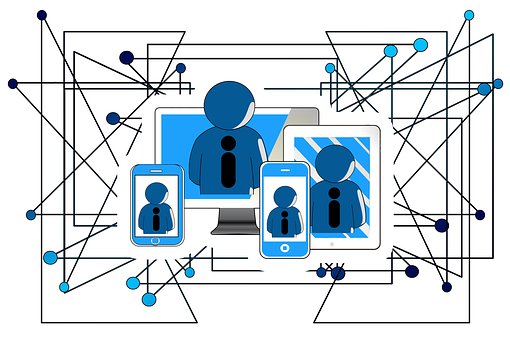
LINQ makes query, set, and transform operations, like SQL statements first class citizens in .NET languages like C# and VB. Find out about the general-purpose query facilities added to the .NET 2.0 Framework that apply to all sources of information, not just relational or XML data.
After two decades, the industry has reached a stable point in the evolution of object-oriented (OO) programming technologies. Programmers, like you, now take for granted features like classes, objects, and methods. In looking at the current and next generation of technologies, it has become apparent that the next big challenge in programming technology is to reduce the complexity of accessing and integrating information that is not natively defined using OO technology. The two most common sources of non-OO information are relational databases and XML.
Rather than add relational or XML-specific features to our programming languages and runtime, with the LINQ project the better approach adds general purpose query facilities to the .NET Framework that apply to all sources of information, not just relational or XML data.
FMI: LINQ on Channel9 andLINQ Project Overview

Joe Mayo, will show you how LINQ works and makes data access more intuitive than the ADO.NET code you use today. Plus, you’ll also learn about two LINQ extensions, DLINQ and XLINQ, that allow you to query SQL and XML data.
| Joe Mayo is an author, independent consultant, trainer, and speaker specializing in .NET technologies. He opened the C# Station web site on July 4, 2000, and has been working with C# and .NET since the pre-beta. Joe’s been programming for over 18 years and is currently a consultant and instructor, serving customers in the Denver area. |
| He has worked on main frame, desktop, and communications systems. In addition to varied software developer positions, he has fulfilled roles as a Software Architect, Project Manager, and Operations Center Supervisor. Joe is a Microsoft MVP – C#, MCSD, and MCT. |